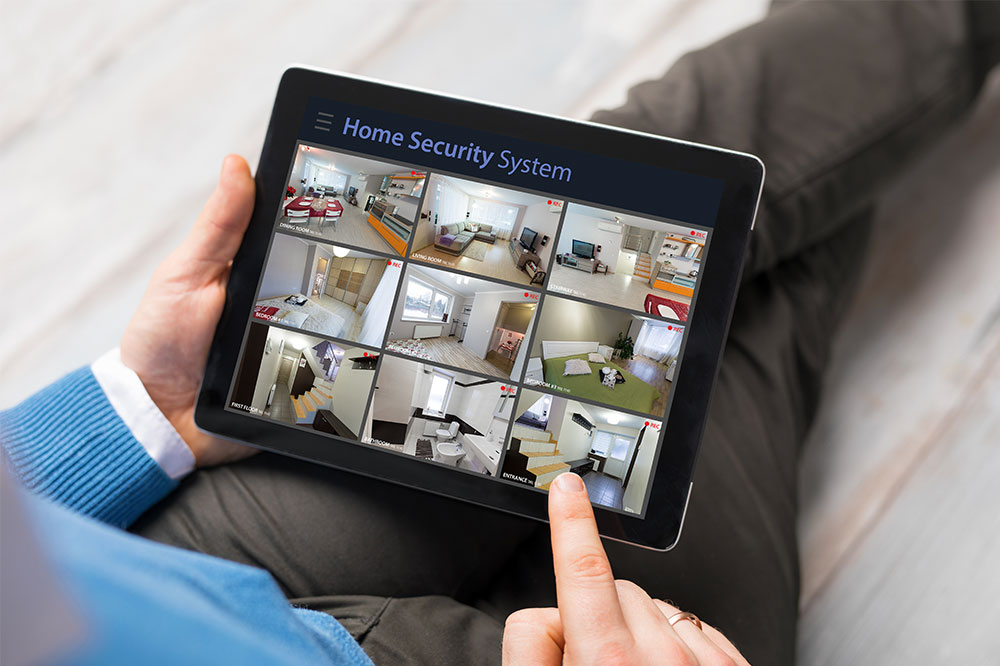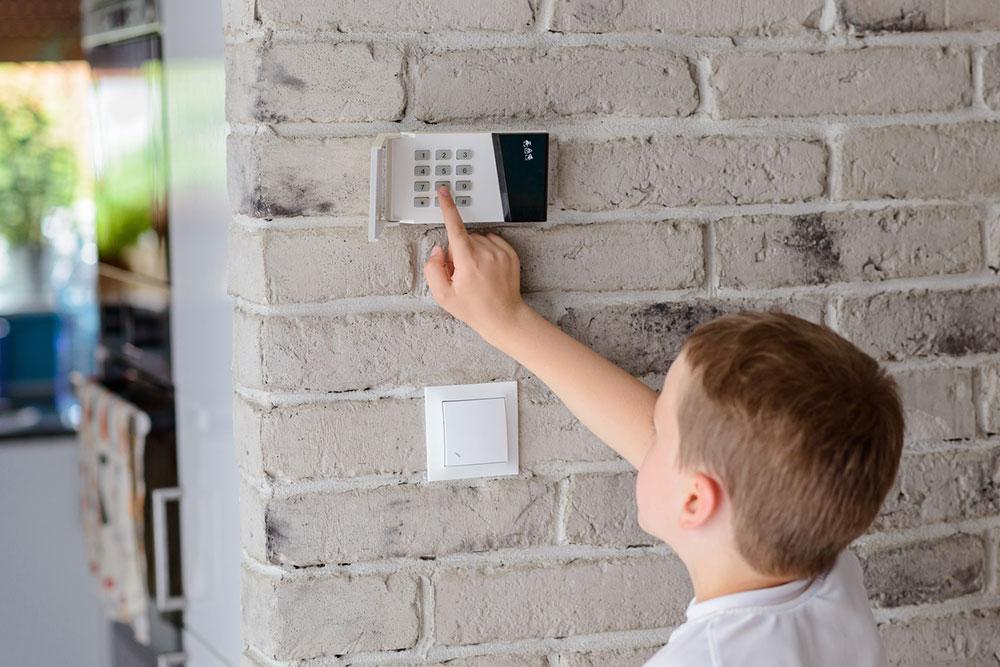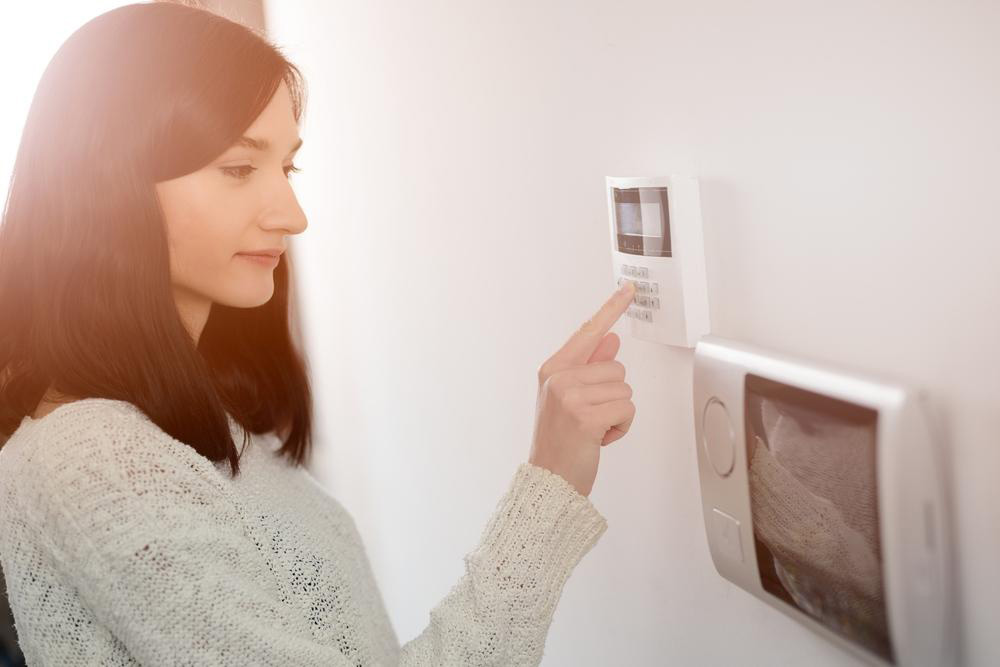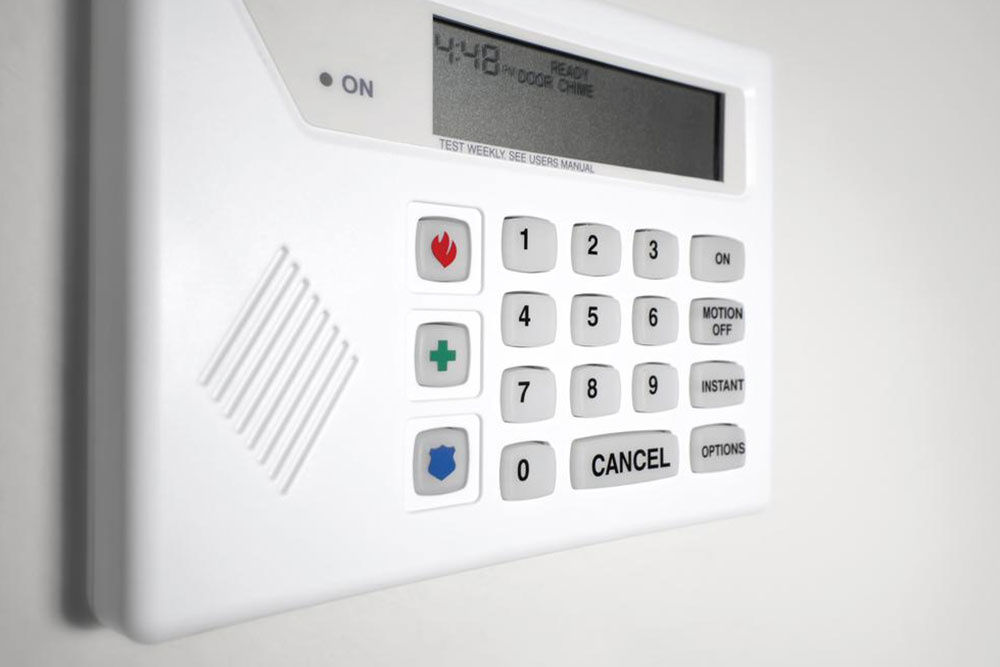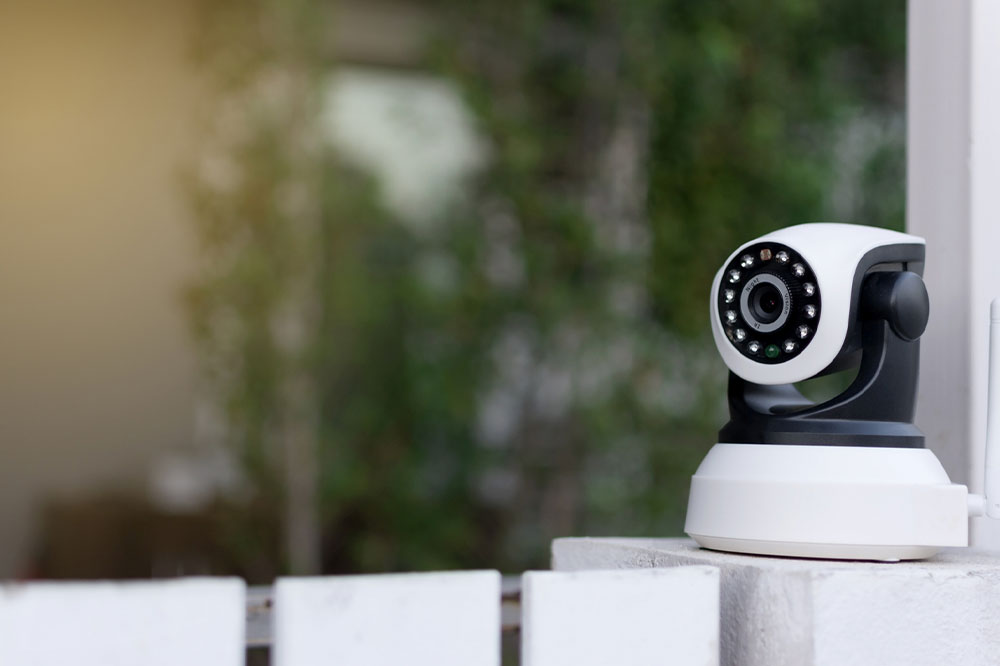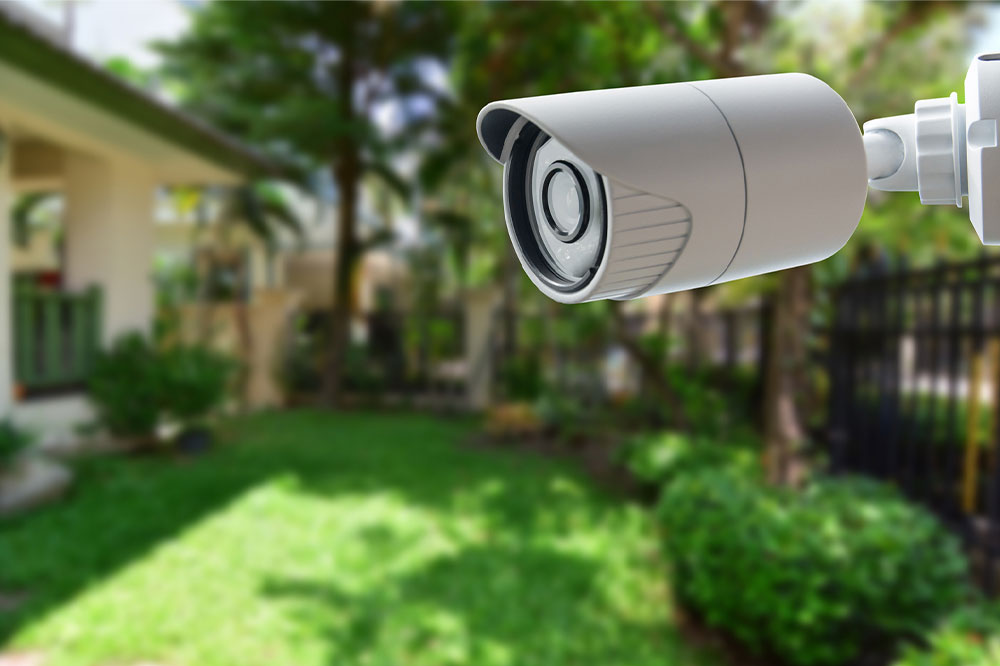Comprehensive Guide to Residential Security Systems
Explore a complete guide on residential security systems, covering types, key features, installation tips, costs, and benefits. Learn how to choose the right security setup for your home to enhance safety, convenience, and peace of mind with easy-to-understand insights and essential considerations.
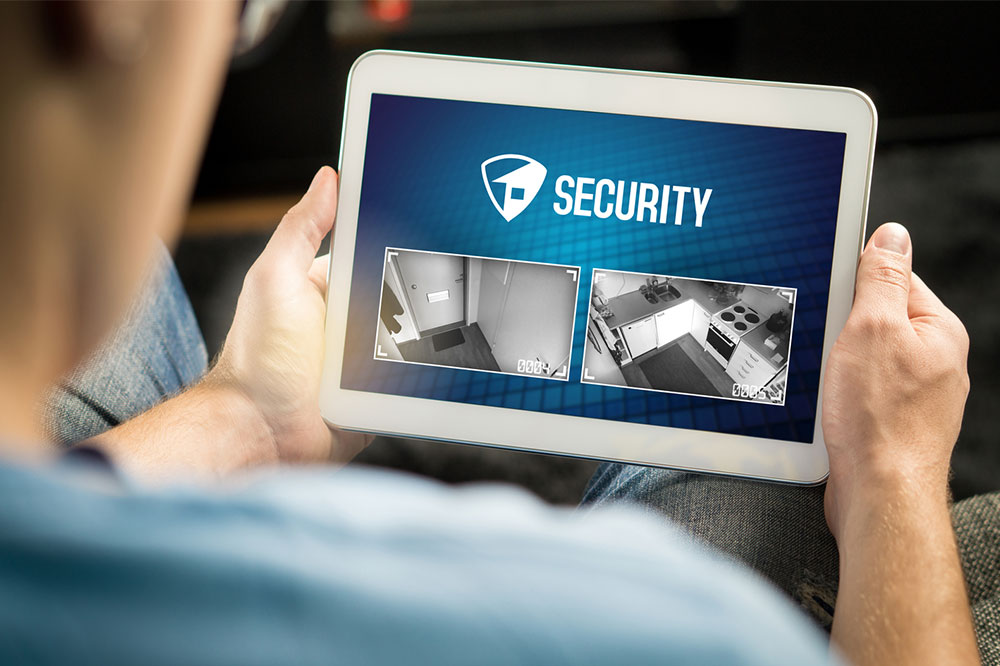
In-Depth Insights into Home Security Solutions
Whether you choose renowned security providers with centralized monitoring or opt for DIY setups that allow remote surveillance via smartphone, there are thousands of options tailored to your needs. The ideal home security system should enhance your safety, convenience, and comfort without exceeding your budget. Furthermore, an effective system should be intuitive and seamless to operate, ensuring peace of mind for homeowners.
Key Factors When Choosing a Security System
Valuable items needing protection
Size and layout of your property
Household members' routines
Budget constraints and spending limits
Ease of installation process
Considering these aspects helps identify essential features, suitable system size, and appropriate installation methods to match your home’s requirements.
Core Features of Home Security Systems
Before selecting a security setup, determine what you aim to protect—whether it’s monitoring for leaks, keeping an eye on children, or tracking package deliveries. Modern systems go beyond basic protection and offer functionalities like remote communication with family or alerts about unusual activities, giving you comprehensive control over your home security.
Systems fall into three main categories based on functionality:
Environmental Sensors
These include smoke detectors, water leak sensors, and freeze alarms. Ideal for older or vulnerable homes, they focus on safeguarding against environmental hazards.
Security Devices
Features such as window and door sensors, outdoor cameras, and glass break detectors address theft, vandalism, and intrusion concerns.
Smart Home Integration
Enables automation features like scheduling lights, controlling locks remotely, and managing household routines with voice commands.
Popular Home Security Components
Market options vary in bundled devices; knowing your preferences is key. Below are common security features:
Video Doorbells
Allows visual confirmation of visitors and two-way communication from anywhere, aiding in visitor management and security.
Nanny & Indoor Cameras
Ideal for monitoring children, elderly family members, or pets, providing real-time video feeds for peace of mind.
Motion-Activated Spotlights
Lights up areas upon detecting movement, effective in deterring trespassers or animals.
Emergency Panic Buttons
Wearable devices to quickly summon help during emergencies, vital for seniors or at-risk individuals.
Door and Window Sensors
Inform you whenever access points are opened, enhancing perimeter security.
Glass Break Detectors
Trigger alerts upon detecting shattering glass, discouraging forced entries.
Motion Detectors
Detect suspicious movement, alerting homeowners or security services of potential intrusions.
Home Automation System
Connects with other smart devices, allowing customized routines and remote control features.
Wireless Monitoring
Uses radio signals for easy installation and continuous operation without dependence on wired connections or power outages.
CO & Fire Detection
Sensors that detect carbon monoxide, heat, or smoke, alerting you early to life-threatening situations even when you’re away.
Flood & Leak Sensors
Help identify water leaks or pooling, preventing property damage and mold growth.
Choosing the Right System Size & Budget
The scope of your home influences system selection; smaller spaces may suffice with DIY kits, while larger properties benefit from professional solutions covering more entry points. Focus on protecting all critical areas including basement windows and entry points. Cost should not be the sole factor—assess your needs, features, and safety priorities before committing. Balance affordability with functionality for optimal protection.
Advantages and Disadvantages
While home security systems provide multiple benefits, they also have drawbacks. Here’s an overview:
Advantages
Enhanced Security & Peace of Mind
Protects your family and possessions, offering a sense of safety. Many systems enable direct emergency calls, potentially saving lives in medical emergencies or accidents.
Personal Safety & Asset Protection
Safeguards valuables and reduces the risk of break-ins, especially useful in high-crime areas.
Easy DIY Setup
Modern systems are user-friendly and customizable, suitable for renters and homeowners alike, with options for remote control and monitoring.
Remote Access & Recording
View live feeds or recorded footage from any location, ensuring constant oversight, and providing valuable evidence if needed.
Insurance Benefits
Many providers offer discounts on home insurance premiums, making security installations financially advantageous.
Disadvantages
Forgetfulness & User Error
Some users may forget to activate or deactivate systems, reducing effectiveness. Remote activation can mitigate this issue.
Challenging DIY Installation
Installation can be complex for those unfamiliar with wiring or technology, potentially requiring professional assistance.
False Alarms & Disruptions
Improper setup or user error might trigger false alerts, leading to unnecessary emergency responses, especially problematic for seniors.
Cost Considerations
Upfront costs for equipment and ongoing monitoring fees can add up, ranging from $100 to over $1500, depending on the system’s complexity and coverage.
Note: The content provided aims to inform on various home security options. While research enhances understanding, readers should evaluate their specific needs and consult professionals if necessary. The information may not reflect all promotional offers or latest market changes.

